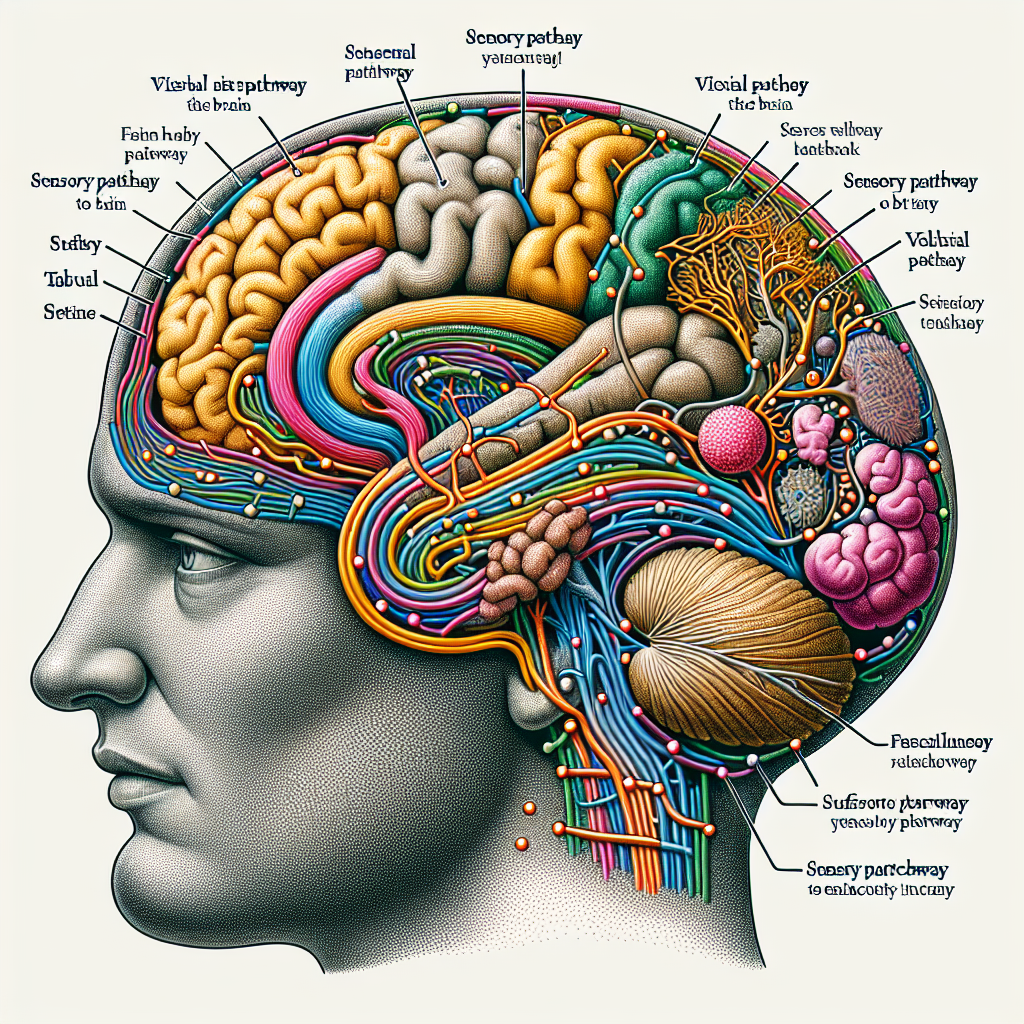Sensory experiences are an integral part of human life, influencing our emotions, behaviors, and overall well-being. The way we process and interpret the world around us through our senses has a profound impact on how we feel and respond to different situations. This article delves into the role of sensory input in emotional regulation, exploring the complex interactions between our sensory systems and our emotional health.
Understanding Sensory Input and Emotional Regulation
Sensory input refers to the information we receive through our senses—sight, sound, touch, taste, smell, as well as proprioception (sense of body position) and vestibular sense (sense of balance and movement). This input is processed by our brains, which then determine how we should feel and behave in response. Emotional regulation is the process by which we influence which emotions we have, when we have them, and how we experience and express them. Sensory input plays a key role in this process by providing the raw data that our brains use to interpret our environment and experiences.
For a deeper understanding of how sensory input can affect emotional wellbeing, one must consider the sensory health of an individual, as it is a foundational aspect of processing sensory stimuli effectively.
The Connection Between Sensory Processing and Emotions
Sensory processing disorders can profoundly affect emotional regulation. For instance, individuals with Auditory Processing Disorder may struggle with understanding speech in noisy environments, leading to feelings of frustration or anxiety. Similarly, those with visual processing issues may become overwhelmed in visually stimulating settings, which can be explored further in the article on Visual Processing Issues and Their Effect on Well-being.
Sensory input that is not properly regulated can lead to sensory overload, where the brain is bombarded with more information than it can process. This can result in emotional distress, anxiety, and even panic attacks. On the other hand, sensory deprivation, where there is a lack of stimulating sensory input, can lead to feelings of isolation, depression, and anhedonia.
Strategies for Enhancing Emotional Regulation Through Sensory Input
-
Sensory-Rich Environments: Creating spaces that provide a balance of sensory stimuli can help individuals manage their emotional responses. Sensory gardens, for instance, are designed to offer a therapeutic environment with a focus on plants and materials that engage the senses in a gentle, soothing way. More on this can be found in the article about the Benefits of Sensory Gardens.
-
Mindfulness and Sensory Awareness: Practices such as mindfulness encourage individuals to focus on present sensory experiences, which can aid in emotional regulation by preventing the overwhelming rush of unprocessed stimuli.
-
Sensory Diet: A sensory diet is a carefully planned series of physical activities and accommodations tailored to give a person the sensory input they need. Articles discussing the Role of Sensory Rich Diets in Health and Development provide insight into how these diets can support sensory integration and emotional stability.
The Role of Occupational Therapy in Sensory and Emotional Health
Occupational therapy often includes sensory integration techniques to help individuals better process sensory input and regulate their emotions. By engaging in activities designed to normalize sensory reactions, individuals can learn to respond more appropriately to their environment, reducing emotional distress and improving overall mental health.
For more information on this, one can refer to The Benefits of Sensory Integration in Occupational Therapy, which provides a comprehensive look at how sensory integration can be used therapeutically.
The Impact of Sensory Experiences on Mental Health
Research has highlighted the importance of sensory experiences in emotional development and mental health:
-
Tactile Experiences: Touch has been associated with reducing cortisol levels (the stress hormone) and increasing oxytocin (the bonding hormone), which can lead to improved mood and reduced anxiety.
-
Auditory Input: Music therapy, nature sounds, and even the tone of voice in conversations can influence emotional well-being.
-
Visual Stimuli: Exposure to natural light and pleasing visual environments can improve mood and cognitive function.
-
Olfactory Input: Certain scents have been shown to have calming effects, aiding in relaxation and stress reduction.
External resources further supporting these points include niche studies on how specific sensory experiences can influence emotions. For example, a study on the impact of natural light on mood and productivity can be found in the Journal of Environmental Psychology, while research on the benefits of horticultural therapy is detailed in the American Horticultural Therapy Association’s resources.
Conclusion
The complex relationship between sensory input and emotional regulation underscores the need for a sensory-informed approach to mental health and well-being. By recognizing the impact that our sensory experiences have on our emotions, we can better understand how to create environments and strategies that support emotional regulation. Whether through the design of sensory-rich spaces, the implementation of sensory diets, or the therapeutic use of sensory integration techniques, the goal is to enable individuals to harness their sensory experiences in a way that promotes mental health and emotional resilience.
For those interested in exploring this topic further, additional resources and literature can provide a wealth of information on the subject. It is through this ongoing exploration and understanding that we can continue to support the sensory and emotional well-being of individuals in our communities.



